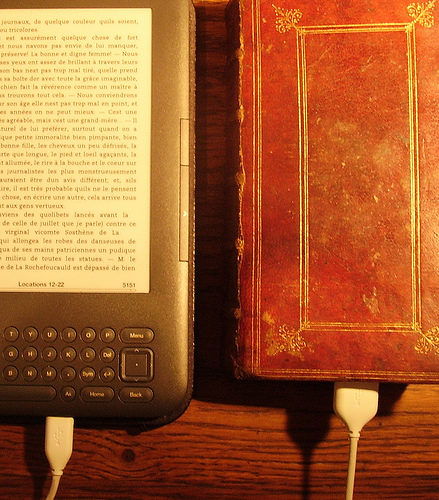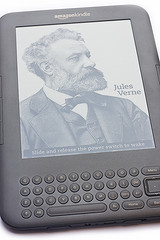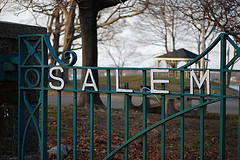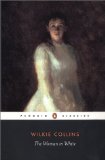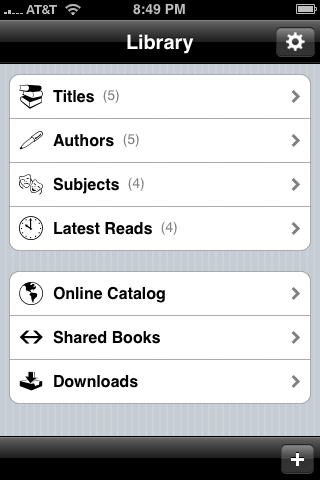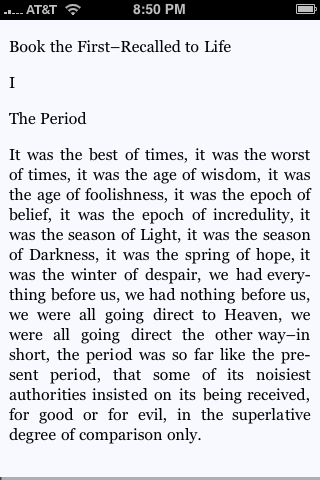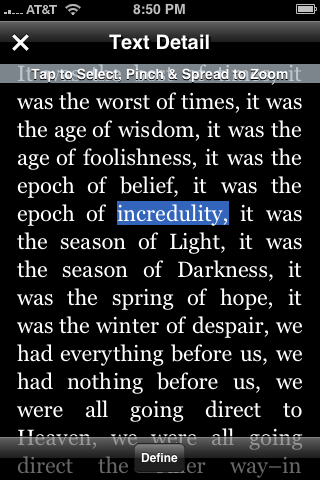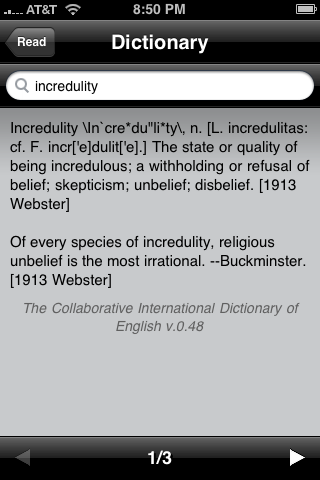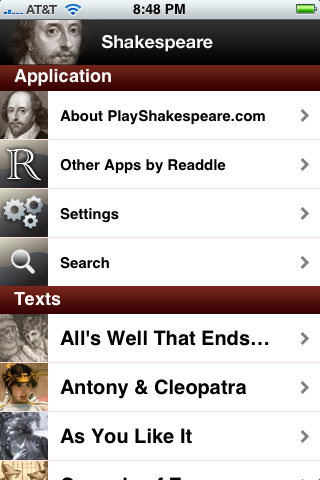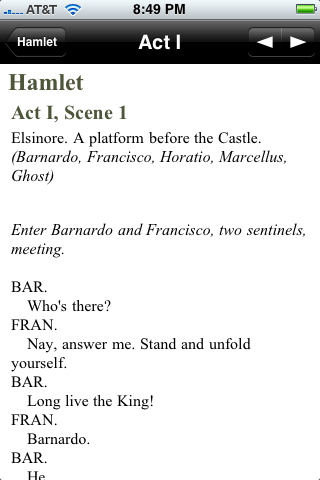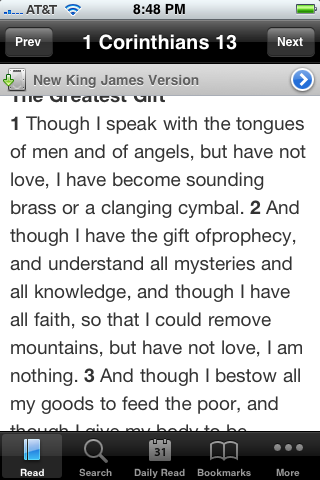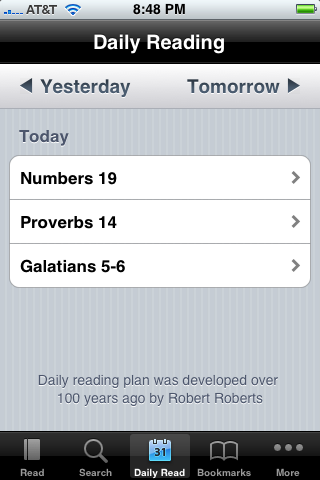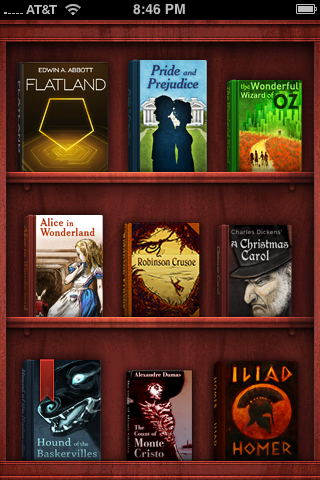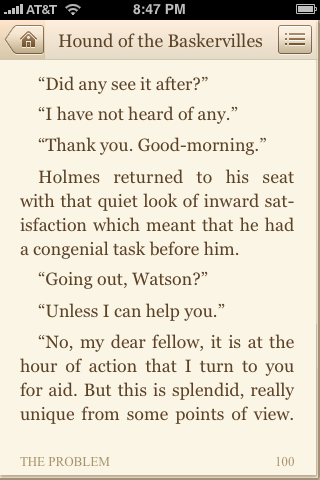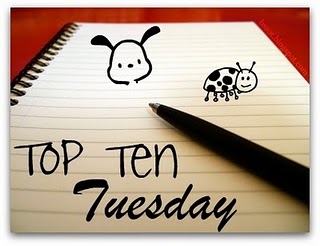 I love book blogs, but there are other places I hang out with my books. Here is my top ten list of go-to websites and apps.
I love book blogs, but there are other places I hang out with my books. Here is my top ten list of go-to websites and apps.
- Goodreads: Goodreads is an excellent social network for readers. Had Goodreads been around when I started this blog, I might have just posted all my reviews there. As it is, I do use Goodreads to connect with other readers, read reviews (they tend to be more critical than Amazon), scout for giveaways, keep track of my to-read list and let my friends know what I’m reading and have read, and play trivia games. Goodreads also allows users to add as many books as they like, whereas similar sites like LibraryThing limit free users to 200 books.
- Shelfari: Shelfari is a pretty site, but it has a long way to go before it’s as good as Goodreads. I have spent some time writing up book pages, and I do like the wiki user-generated aspect of the site. Goodreads allows you to do this if you become a librarian (which I have done), and you must meet certain criteria. Shelfari does not allow HTML in its reviews, which I think stinks. Until recently, it was better than Goodreads at tracking reading goals, but Goodreads has added a feature that allows for that. I spend more time on Goodreads, but I like to have a Shelfari profile just to connect with readers who may not be on Goodreads. I also do like the pretty shelves, I admit.
- DailyLit: I mostly interact with DailyLit through my email, as I am always subscribed to a book in my inbox. I love DailyLit. I have read several books I do not think I’d have ever read if not for DailyLit.
- Guardian Books: I have the Guardian app on my iPhone, and I’ve customized it so that the books section is the first one I see. I like to read their articles about books. Users in the UK have to subscribe to read The Guardian via this app, but because The Guardian is trying to increase American readership, content in the app is free to US users.
- Twitter: Believe it or not, Twitter is a great reading website. A lot of people I follow are readers and are always tweeting about what they are reading or want to read, and I have discovered some great books that way. Also, a lot of authors are on Twitter, and it is fun to interact with them. I am still waiting for Judy Blume to reply to one of my tweets, but it will probably make my year when or if it happens.
- Amazon: As an Amazon affiliate and customer, I spend a lot of time on the site. I tend think the reviews are not as critical as on Goodreads, but I do read them and compare. I also like to see books that are similar to others that I’ve searched for and have discovered some very interesting books both that way and through their recommendations for me.
- Any New Books: I just discovered Any New Books this year, and I subscribed to their newsletters based on my interests. I have found quite a few excellent books through their weekly newsletters, which come out just in time for Friday Finds.
- Kindle iPhone app: I love my Kindle, but I can’t read it in the dark. When I have to shut out the lights, but I still want to read, I turn to my Kindle app. One thing I’ve noticed is that real page numbers seem to have come to the Kindle app on the iPhone, but not to the Kindle 2. I don’t know why Amazon hasn’t updated the firmware for the Kindle 2 so that readers can have real page numbers, but it’s nice to check my Kindle app sometimes and see where I am in terms of pages.
- Audible app: I subscribed to Audible and receive a book each month with my subscription. I used to download the books into my iTunes, sync them with my iPhone, and listen to them in car. Then I discovered the Audible app, which has a few features that I like. First of all, I was nervous it wouldn’t remember where I left off, but it does. I can also access Audible’s store from the app, which is a nice time-saver. It also has a social aspect in that I can connect to Facebook and Twitter and share what I’m reading.
- Shakespeare app: This app has all of Shakespeare’s plays and poems as well as some fun extras like a quote generator (just shake the phone to get a new quote), a great glossary, a search feature, and even a help section on scansion. Note: This app has gone up considerably in price. I think I paid $2.99 for it. There is a free version that has all the texts but none of the extras.
So do you have any recommendations for good bookish websites or apps? I thought The Broke and the Bookish had a pretty good list.
